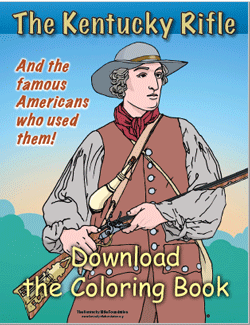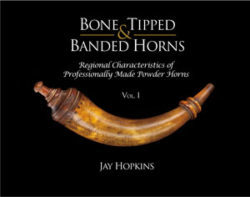School: Catawba Valley (North Carolina/NC)
Mr. Samuel Peterson was born 1795 in Lincoln County NC. He worked in the Catawba School of Gunmaking. He died after 1870 in Ironton Missouri. Samuel Peterson along with his father Matthias Peterson, his uncle Tobias Peterson, and his grandfather Paul Peterson were all gunsmiths. They all lived near Hickory NC at the time they were gunsmithing. Samuel’s grandfather Paul Peterson was a gunsmith that immigrated from Switzerland about 1750.
Source: Research reported by Mr. Terry Edwards, Kings Mountain, NC (9-5-2019)

